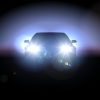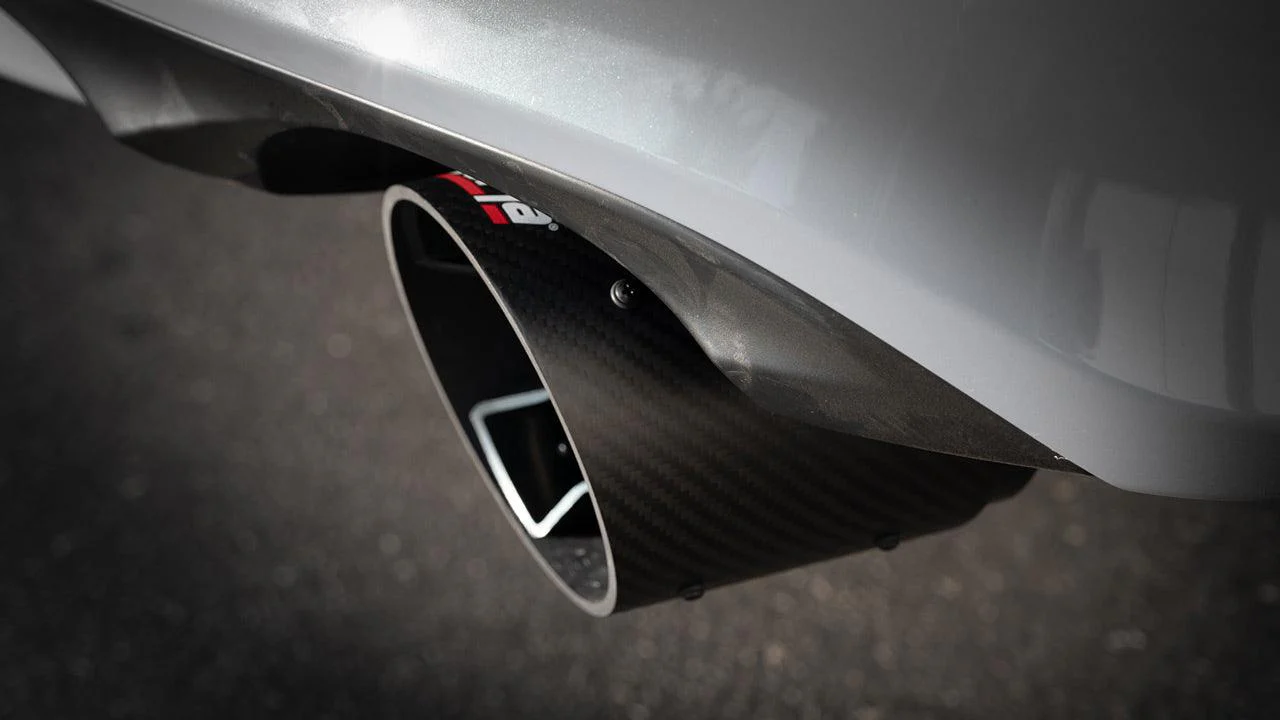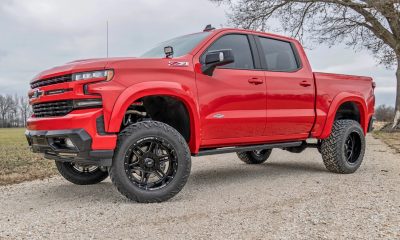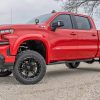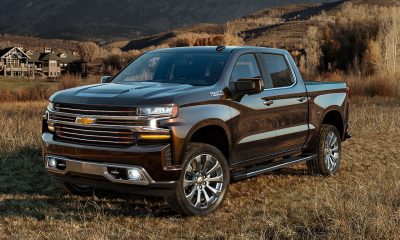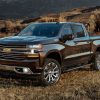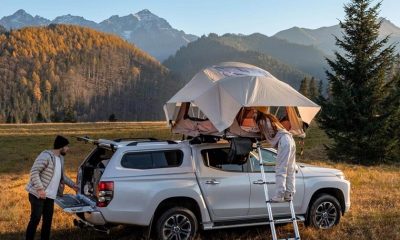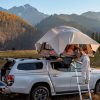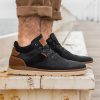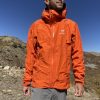Automotive
7 Best Accessories for Your Mazda BT-50
The new BT-50 ute has had blistering sales, being Mazda’s bestselling vehicle in 2021 with over 15600 cars sold. It even outpaced established nameplates within its ranks, like the CX-5, CX-30 and CX-3.
Demand this year is so high that Mazda can’t keep up. Produced in partnership with Isuzu and sharing the D-Max’s chassis and drivetrains, the BT-50 offers some zoom-zoom appeal inside and out. It is undoubtedly the better-looking car of the two and has all the off-roading, tech, safety, and lifestyle goodies already packed in it.
The same applies to the previous-gen car, based on the decent Ford Ranger underpinnings, released back in 2006, with a mid-life facelift adding tech, and polishing the appearance. Both variants have torquey engines to haul almost anything in the tray or tub, pull boats and trailers, and offer more than decent performance on the turf.
A few minor touches in the form of aftermarket BT50 accessories can add better vehicle protection, increase space and versatility, or transform the ute into an off-roading beast. Interior additions will maintain the new looks, and performance mods will get the best out of the diesel engine.
Owners don’t necessarily need to shell out a lot of cash to get what they need and want. OEM branded accessories are expensive, but going aftermarket offers more variety and, in most cases, better quality. Prices are also more reasonable.
Protect Your BT-50 with Bull Bars
Considering where and how you drive your ute, scratches and dents are a given. You can get a bull bar to protect the front end of your car and keep engine parts as good as new. Traditional triple hoops are available for both BT-50 generations, whereas sleeker hoop-less bull bars look better on the newer car.
Both types are manufactured from high-strength steel, offer high impact resistance in collisions, and have coatings that keep the shine in bad weather. In addition, triple hoops will provide more space for adding off-roading gear, like antennas and driving lights, and mounting points for other protective goodies, such as bash plates and side brush bars.
Look for bull bars that are ADR-approved. These are safety tested and meet strict regulations on airbag activation and parking camera functionality. When off-road winch compatibility can save a lot of hassle, and winch-compatible bars cost just a few dollars more. Also, look for rated tow points, as these will prove handy in more than a few driving situations.
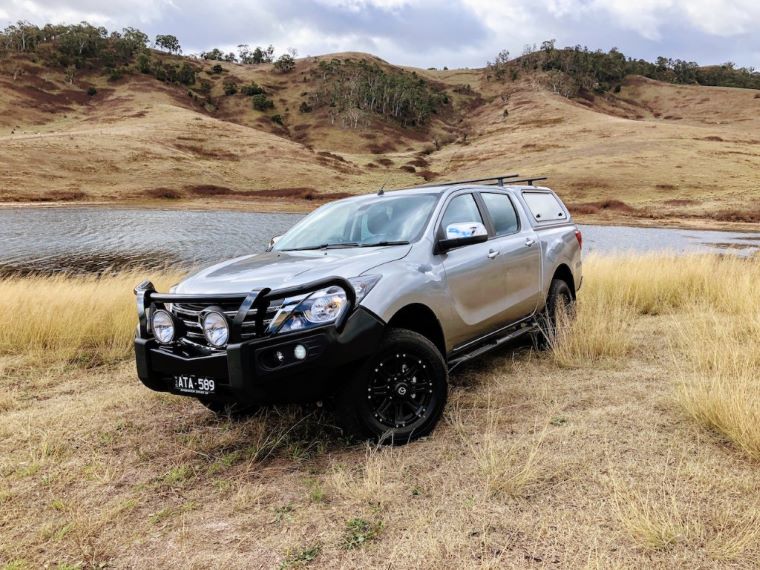
Mounting bull bars requires removing the front bumper. Most aftermarket bars are bolted onto chassis rails. For correct fitment, a pro should perform this. Mounting kits and hardware come in the box, and instructions will help anybody wanting to save on labour costs.
Increase Space and Carrying Capacity with Racks and Trays
All cab variants (dual, Freestyle-extra, and single cab) have a decent tray and tub space. Tubs in dual cabs are 1570mm long, 1530mm wide, and 1120mm between the wheel arches. If you need more space for extra-long items, like building materials or kayaks and surfboards, think about installing a roof rack.
Roof racks free up space in the tub or tray and allow for more safety. They can also be used for luggage boxes, considering the BT-50 is often a family car. They’re handy when off-road as well, with space to fit accessories like spotlights.
BT-50 racks are all designed to the same width to fit rails or existing roof mounting points, but differ in overall length to suit the cab type. There’s more variation in designs. Platform racks are preferred BT50 accessories for larger items, while roof baskets or cages are for smaller items, like jerry cans and camping gear.
Tradesmen racks are a hybrid and will suit the tradie-oriented freestyle cab in that it loses the front and rear rails in cages. This still allows owners to stretch out a decently sized side awning for camping or fishing purposes.
Look for lightweight aluminium racks with multiple crossbars for added strength, coatings to protect against rust, and mounting hardware suited to the BT-50 roof. And before stacking it to the brim, do a rough estimate on the weight of the gear that will call the rack home. Like most utes, the roof of the BT-50 can carry 100 kilos, including the rack.
While Mazda does offer trays for the single cab, you don’t have much OEM choice for dual cabs. You need to source aftermarket options from respected tray builders. And the aim is to get the most out of the usable space.
Look for bespoke stainless steel or aluminium trays with thicker non-slip checker plate floors and additions like tie-down points, hidden trundle drawers, gas strut tailgates, and integrated lights and indicators. Other add-ons can include welded ladder racks and side rails, undertray toolboxes, and sideboards. You can go for pre-fabricated trays that mount to the BT-50 chassis or build and spec your own.
Improve Off-Roading Performance with Snorkels
4×4 Mazda BT-50s have low gearing and are more than capable off-road. The 450Nm of pulling power helps get the car over even the toughest terrain or steepest inclines. More concerning in settings like these is that the engine doesn’t get enough cool air to combust the diesel. And this is hampered by water, mud, dust, and debris.
Snorkels do not only keep the engine dry in river crossings but also filter the air when driving in the bush. And maintaining power needs clean air. Any contaminants can damage several engine parts.
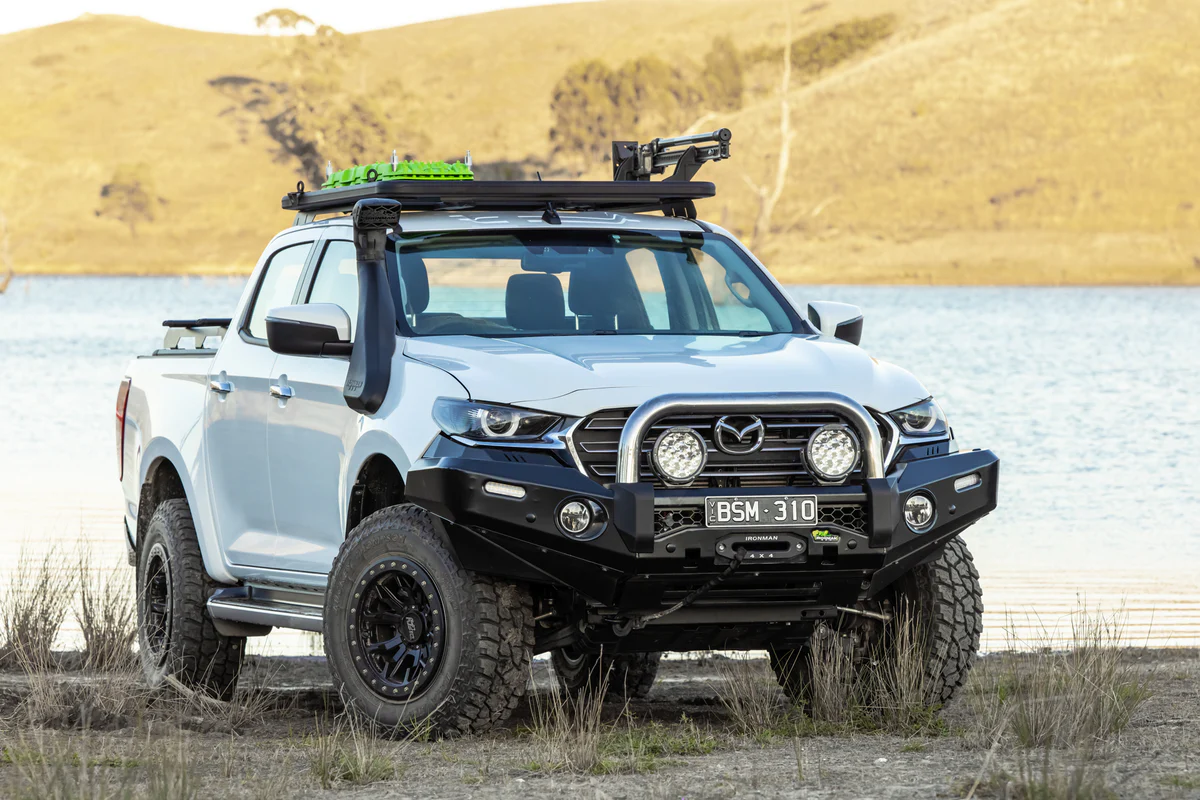
Pair your BT-50 with a stainless-steel snorkel to get the best in off-roading performance. These will have wider tubing to provide all the air that the oil-burner needs. And they are durable, withstanding hits from flying pebbles and branches. Match this with a bull bar in the same colour to get a mean presence when off the tarmac.
Snorkels also come in reinforced plastics. They have a similar design but lose out on overall strength. The flip side is that they’re roughly half the price and are a great option for lighter trails.
For Interior Cleanliness and Comfort Get Seat Covers
Tradies and off-roaders usually don’t worry about covering the fabric in stock seats. A mistake that sees seats wear thin within months of use. Seat covers help keep seats in the best shape possible (if not new), preventing dirt and dust deposits and wicking away any nasty spills. They also won’t fade or burn and are easy to maintain.
Get seat covers made of a quality canvas when using the BT-50 as a work or off-roading vehicle. Canvas covers are hard-wearing, don’t pick up stains easily and offer decent comfort with additional padding. Also, the material is non-slip and will keep you in place on uneven surfaces.
For more comfort and premium looks, go for neoprene seats. These BT50 interior accessories are waterproof, dust, grease and dirt-resistant. Plus, they cope with high heat and UV radiation and still look good. Extra touches, like strengthened colour stitching and thicker padding, will give you a quality product. Custom seats in both materials will fit better and avoid wrinkling or tearing.
Haul Anything You Need with a Heavy-Duty Towbar
The BT-50 with 4WD and the bigger diesel engine is rated to tow a 3500-kilo braked weight. Be it a boat, trailer, caravan or horse float. This is both the Ford 3.2 and Isuzu 3-litre engines. But you need a heavy-duty horizontal hitch towbar fitted at the back to safely pull anything with some heft.
Towing is one of the main selling points of utes. Bolted to the chassis rails, a heavy-duty towbar, with a rated and adequate tow ball for the attachment, can bring the convenience of a caravan or those building materials to where they’re needed. Look for off-roading specific articulating hitches (rated for the trailer), if you intend to tow anything on unsealed or dirt roads. Most towbars will require the rear bumper removed, and installation takes roughly an hour.
Fit a Throttle Controller for Improved Acceleration
The 3-litre diesel in the new Mazda BT-50 is a 4-cylinder turbo from Isuzu, rated for 140kW, and with heaps of low-down pull. This is aimed squarely at durability, and workhorse reliability. Though outright speed is not any ute’s forte (with no official figures from Mazda for 0-100km/h times), the car does the sprint in just under 10 seconds. The smaller 1.9 diesel with 110kW fares worse (around 12 seconds).
You can cut off quite a few tenths of both times by fitting a throttle controller. This will remove initial throttle lag with the acceleration pedal pressed down, get the engine to rev quicker, and help with the turbo. A few tenths of a second are also found with faster gear changes as the revs hold.
Throttle controllers also let you fine-tune the throttle response to specific conditions. You can go for better acceleration or dial-in modes that cut out wheel spin in sand and mud. Or save a few mils of expensive diesel if you get caught in traffic. Most drivers though want to have a bit of fun, and keep the controller in performance mode.
Installation takes a few minutes, with the module fitted in arm’s reach on or near the dash. Nothing will get you faster acceleration or more grins for this asking price.
Writing for the blog since 2012, Chris simply loves the idea of providing people with useful info on business, technology, vehicles, industry, sports and travel – all subjects of his interest. Even though he sounds like quite the butch, he’d watch a chick flick occasionally if it makes the wife happy, and he’s a fan of skincare routines though you’d never have him admit that unless you compliment his impeccable skin complexion.


